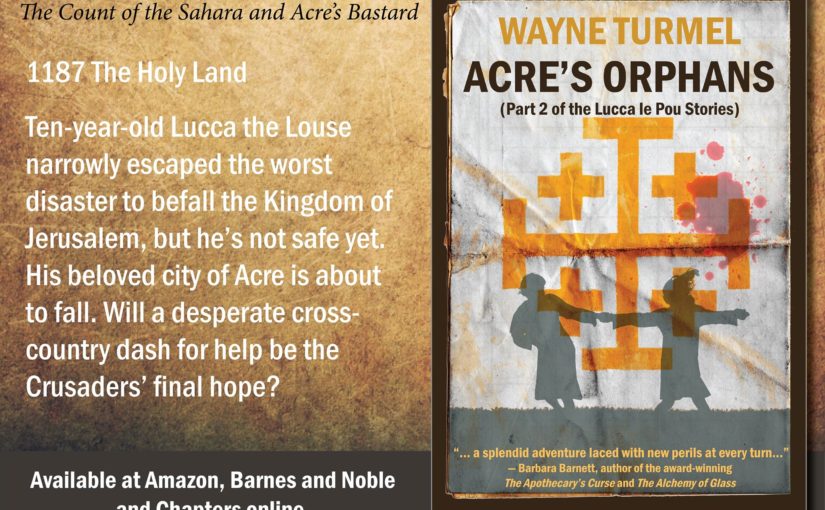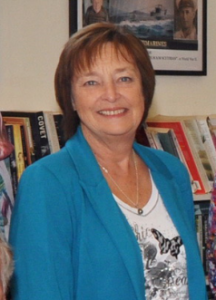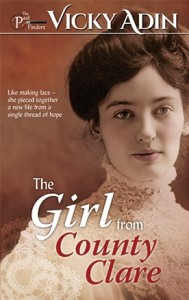Every country in the world has stories to tell about its founding or settling. Yet if you read historical fiction, it would appear the Americans and Brits have the market cornered. Maybe it’s
Okay Amanda, let’s get to it. What’s your deal?
None of my family were surprised when I told them I had written a book, although the surprise was that it has taken me 62 years to do it! I grew up in a small village in Somerset,
It suits me fine that there’s little need to wear ‘posh’ clothes here. Nor do you feel like you are competing with your
When I am not writing I am usually to be found in the garden battling the elements to force plants to grow in our wild environment, or walking our three rescue huntaway dogs, or in a church tower ringing bells. Bellringing is a passion I share with Terry. We met that
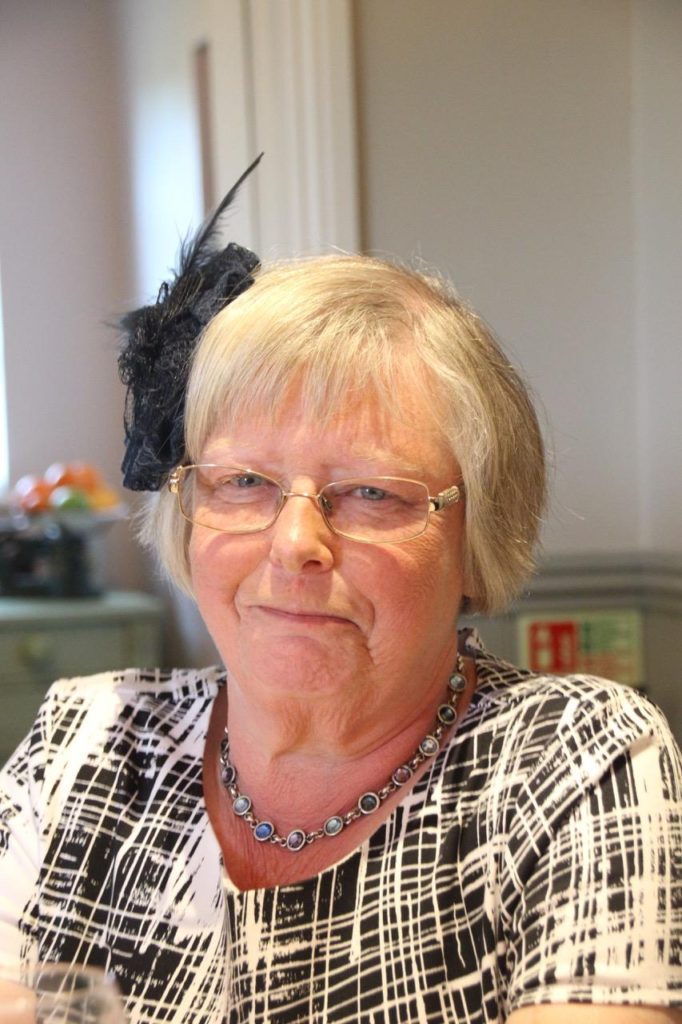
What’s the story behind The Wideawake Hat?
The Wideawake Hat is the first book in a series about the early settlers to New Zealand’s South Island. It tells the true story of James Mackenzie, a local folk hero after whom the Mackenzie Basin is named, and his clever
The saga will continue weaving fact and fiction with the development of the Mackenzie Basin over the second half of the 19th century, and maybe beyond?
Why this story? What was it that was so interesting to you?
The 1850s in the South Island of New Zealand saw the start of European settlement. Before that only Maori had lived there, and they were relative newcomers to the land where strange and unique creatures like the kiwi had evolved undisturbed by human contact. I often wonder how these folk would have felt making a journey from which there was no likely return to a place they knew almost nothing about. Perhaps it would be like us taking on a voyage to the far reaches of the universe.
Life was tough for the early explorers, many of whom had grown up with strict Victorian sensibilities. Genteel womenfolk who discarded their corsets and full skirts to work on the rough land in harsh weather. Young women who spent much of their adult life pregnant, and became accustomed to the loss of loved ones in the harsh conditions. The men – mainly the second sons of farmers, unlikely to inherit – forced to build
I am fascinated by these pioneer souls and wonder if I would ever have had the courage to take the journey myself. I hope I would have done so. I would like to be like Sophia, my heroine.
The idea for the book didn’t come from Sophia though. It came from the tales that surround the mysterious James Mackenzie. He was arrested and imprisoned for sheep rustling and later pardoned because it was ruled that the use of his dog to prove his guilt was unlawful. That much is fact, but there are many stories about him which cannot be substantiated. The one which became the germ of my book is the story that tells of the three sets of footprints found in the wet ground when he was arrested. I asked the question, “Who could have made those other footprints?” And the answer is – my story!
Tough question- what’s your favorite scene?
I could choose so many scenes –
In the
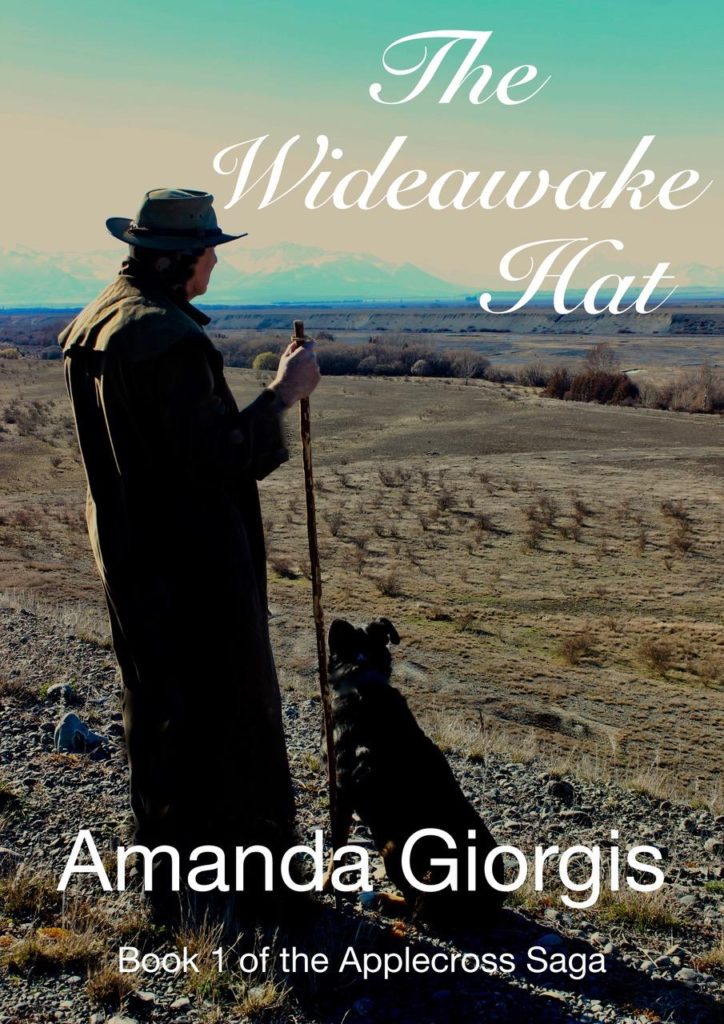
Where can folks go to learn more?
‘The Wideawake Hat’, published in October 2018, is available on Amazon as an e-book or paperback, and on Kobo as an e-book. The paperback version can also be purchased in New Zealand from my website.
Book 2 of the Applecross Saga, ‘Shepherd’s Delight’, will be available in mid-2019 from the same outlets.
My website is www.amandagiorgis.com
On Facebook https://www.facebook.com/Amanda-Giorgis-2139172903077531/
On Goodreads https://www.goodreads.com/author/show/18484155.Amanda_Giorgis
Not to barge in on Amanda’s interview, but Acre’s Orphans officially launches January 28th! You can order Paperbacks on Amazon, Barnes and Noble, and Chapters. The e-book is Kindle only Please help me launch it successfully by buying now. And any time you read a
